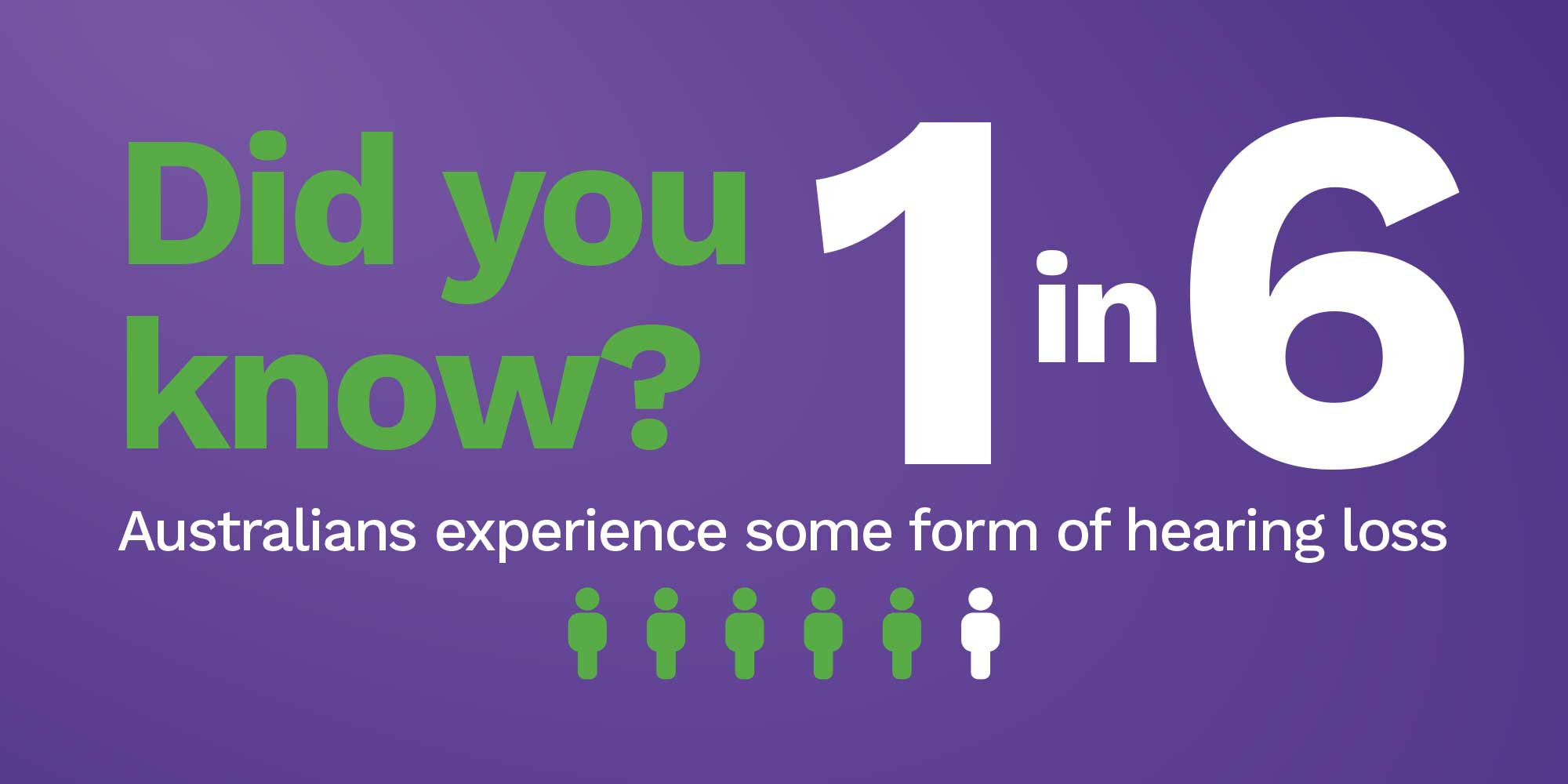
Today is World Hearing Day (March 3). Around 4 million people in Australia—1 in 6—are impacted by hearing loss. This number will continue to grow as our population ages.
In the workplace, some of your colleagues may have differing degrees of hearing impairment, from very mild hearing impairment to profound hearing loss or complete deafness.
There are a range of ways we can all contribute to improve workplace communications for people with hearing impairment.
We asked our own colleague with hearing loss, Andy, to share how she communicates effectively in the workplaces. Andy communicates with lots of people every day, is a fantastic speech reader, and is highly regarded amongst her colleagues. We can all learn from Andy!
Andy’s tips for non-hearing-impaired workers:
- Face your hearing-impaired colleague directly, on the same level, ideally with the light on your face, not shining in their eyes.
- Start by saying the person’s name before beginning a conversation. This gives the listener a chance to focus attention and reduces the chance of missing words at the beginning of the conversation.
- Rephrase your sentences – some sounds are more difficult for a person with hearing loss to understand than others.
- Speak clearly, slowly, distinctly, but naturally, without shouting or exaggerating mouth movements. Shouting distorts the sound of speech and may make speech reading more difficult.
- Avoid talking too rapidly by slowing down a little. Speak concisely, pause between sentences or phrases, and wait to make sure you have been understood before going on.
- Keep your hands away from your face while talking.
Andy’s tips on hearing-assistive tools:
- When using video conferencing applications like Zoom, turn on live captions in the meeting settings (this function is supported by most providers). You can ask the host beforehand to enable this, or click the transcript button yourself and prompt the host.
- Speech-to-text apps like Otter or Live Transcribe can be handy when taking minutes or notes in a face-to-face meeting.
- If phone calls are hard to understand, ask people to send an SMS, use your business messaging app (like Slack or Teams) or email you.
- Experiment with headsets to deliver the best sound e.g. some people with hearing loss report great results from bone conduction headphones.
More tips for hearing awareness in the workplace:
The Victorian Government’s Better Health Channel has some great advice for how to manage your hearing impairment in the workplace:
- Explain your hearing loss to colleagues as specifically as you can e.g. I have trouble hearing from my left ear.
- Tell them how best to talk to you e.g. Talk to me on my right side; face me when you speak.
- Ask colleagues to use visual cues.
- Ask colleagues to rephrase rather than repeat, or write down critical information such as meeting times or due dates.
- Explain to others how your hearing devices and apps work and if you need them enabled in the workplace.